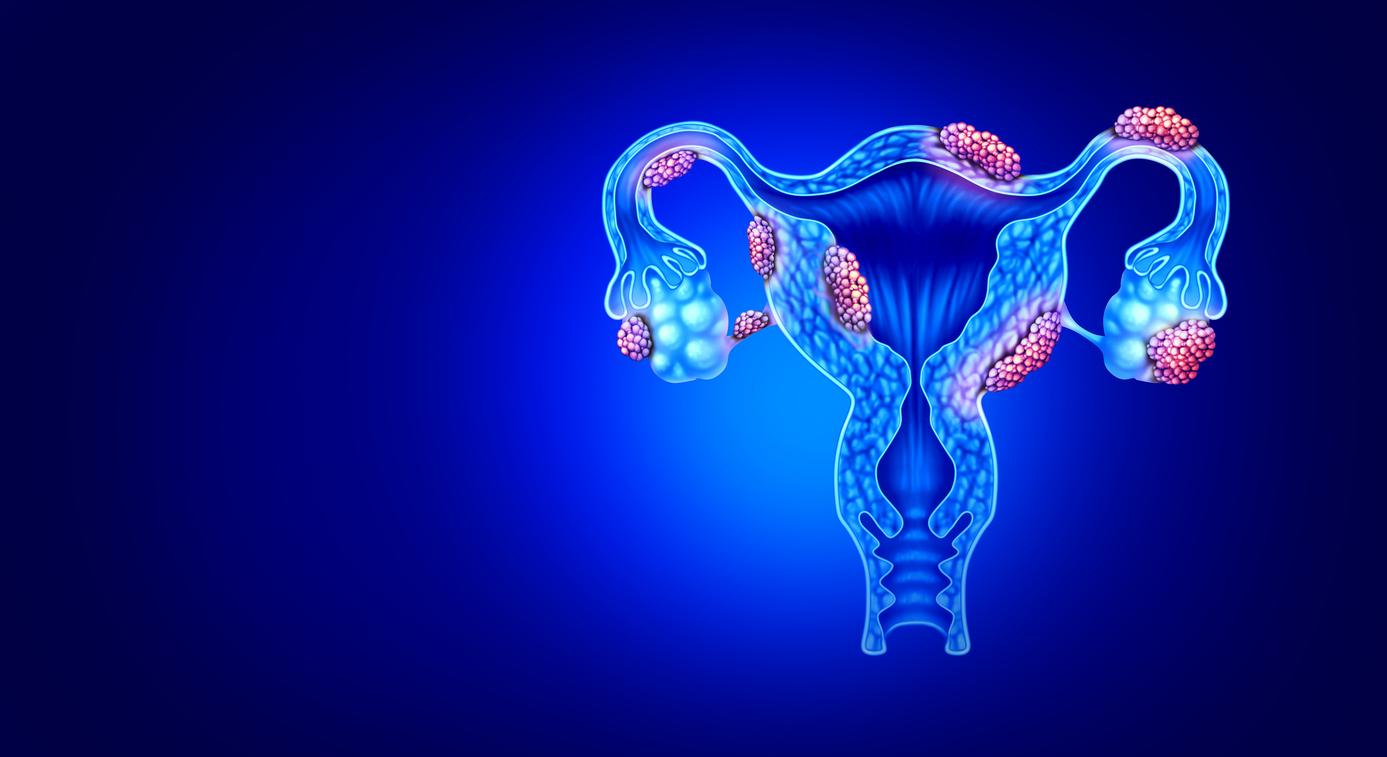On the occasion of World Ovarian Cancer Day, Why Doctor collected the words of Dr. Jean-Claude Darmon, gynecological and breast surgeon, who highlights the significant progress made in the treatment of this disease.

- Ovarian cancer is the 8th leading cause of cancer in women.
- The number of new cases diagnosed in 2018 in France is estimated at 5193.
Women can be affected by very different types of cancer. That of the ovary has the particularity of being complex to detect, to treat and to have the highest lethality rate among gynecological cancers. However, ovarian cancer is a rare cancer, much less widespread than breast cancer (5,200 new cases of ovarian cancer each year, compared to 60,000 for breast cancer) and for which significant scientific progress continues to see the day.
Significant progress in treatments
There are different types of ovarian cancer. “One of the major challenges of research thus consists in dismembering these different types of cancer in order to be able, subgroup after subgroup, to assign them more specific treatments” explains Doctor Jean-Claude Darmon, gynecological and breast surgeon, specializing in oncology.
Moreover, if the relapse rates after ovarian cancer are high (70% before 3 years) and if unfortunately only 45% of patients survive after 5 years of illness, it is worth highlighting the significant progress made by new therapeutic classes (also called “targeted therapies”) thanks to molecules that interact in the intercellular signal.
Arrived about ten years ago, Bevacizumab is for example a drug which limits angiogenesis (the creation of vessels by tumors) and which has thus made it possible to postpone the occurrence of relapse. More recently, in 2014, anti-PARPs also appeared, which make it possible to target genetic anomalies (mutations which can come from the genetic heritage of the individual, or on the contrary acquired mutations which are formed only at the tumor level) and weaken tumor cells. “Currently, a new therapeutic strategy of searching for genomic instability is also being developed.” says Jean-Claude Darmon.
A complex cancer to detect and often diagnosed at an advanced stage
If it is quite simple to prevent advanced forms of breast cancer thanks to palpations and mammograms, ovarian cancer cannot be the subject of a real screening. The breasts are indeed easily accessible while the ovaries are small and hidden inside the belly.
Symptoms of ovarian cancer are extremely crude. They are most often minor or even non-existent, and hidden by everything that happens in our belly (such as digestive activity). From where a diagnosis very often established at an advanced stage of the disease (75% at stage 3 or 4), with in particular the symptom of the increase in the size of the belly, signing the presence of ascites (accumulation of liquid in the abdomen).
Risk factors and protective factors
Lack of pregnancy, early first menstruation, late menopause, obesity and age (ovarian cancer mainly affects women aged 65 to 70) are the main risk factors for this pathology. “In general, the more ovulations there are, the greater the trauma to the ovary and the greater the risk of developing cancer of this organ. explains Jean-Claude Darmon. “Conversely, anything that reduces the number of ovulations (oral contraception, pregnancy, breastfeeding, tubal ligation) is a protective factor. he adds.
The increase in the number of ovarian cancers (+25% for about thirty years) has many causes, including the environment and lifestyle: tobacco, the decline in the number of pregnancies, decreased frequency of breastfeeding, development of overweight and increased longevity.
Ovarian cancer and heredity
In the case of ovarian cancer, the so-called familial forms (ie genetically transmitted) remain minor and represent only 25% of cases. “However, this remains more frequent than for breast cancer, hereditary in only 5% of cases”, says Jean-Claude Darmon.
When women have a family history, cancer genetics consultations can be offered to them. If the genetic investigation shows a mutation predisposing to ovarian cancer, removal of the ovaries can then be recommended for prevention to patients.
Heavy surgery…
In the vast majority of cases, patients must undergo major surgery and chemotherapy associated with targeted therapies. When the initial surgery is not possible (almost half the time), chemotherapy is used to reduce the tumors and thus allow an intervention.
“It is a major surgery insofar as the tumors of the ovary are “friable” and the disease can thus quickly disseminate and affect, beyond the genital apparatus, the intestines for example and many other areas. It is this sum of operations in the operation which explains the heaviness of the surgical gesture”continues Jean-Claude Darmon.
…and requiring ultra-specialized care
“Ovarian cancer is a complex pathology that requires the use of practitioners trained in gynecological oncology and working with a network of specialists throughout the patient’s journey. Therapeutic trials are also fundamental today”, says the surgeon.
RCP (multidisciplinary consultation meeting) are systematically carried out before the treatment of ovarian cancer and the care and treatment protocols are carried out in accordance with international recommendations. “A process which has made it possible, in recent years, to make progress in the care of patients”, concludes Jean-Claude Darmon.
.
















